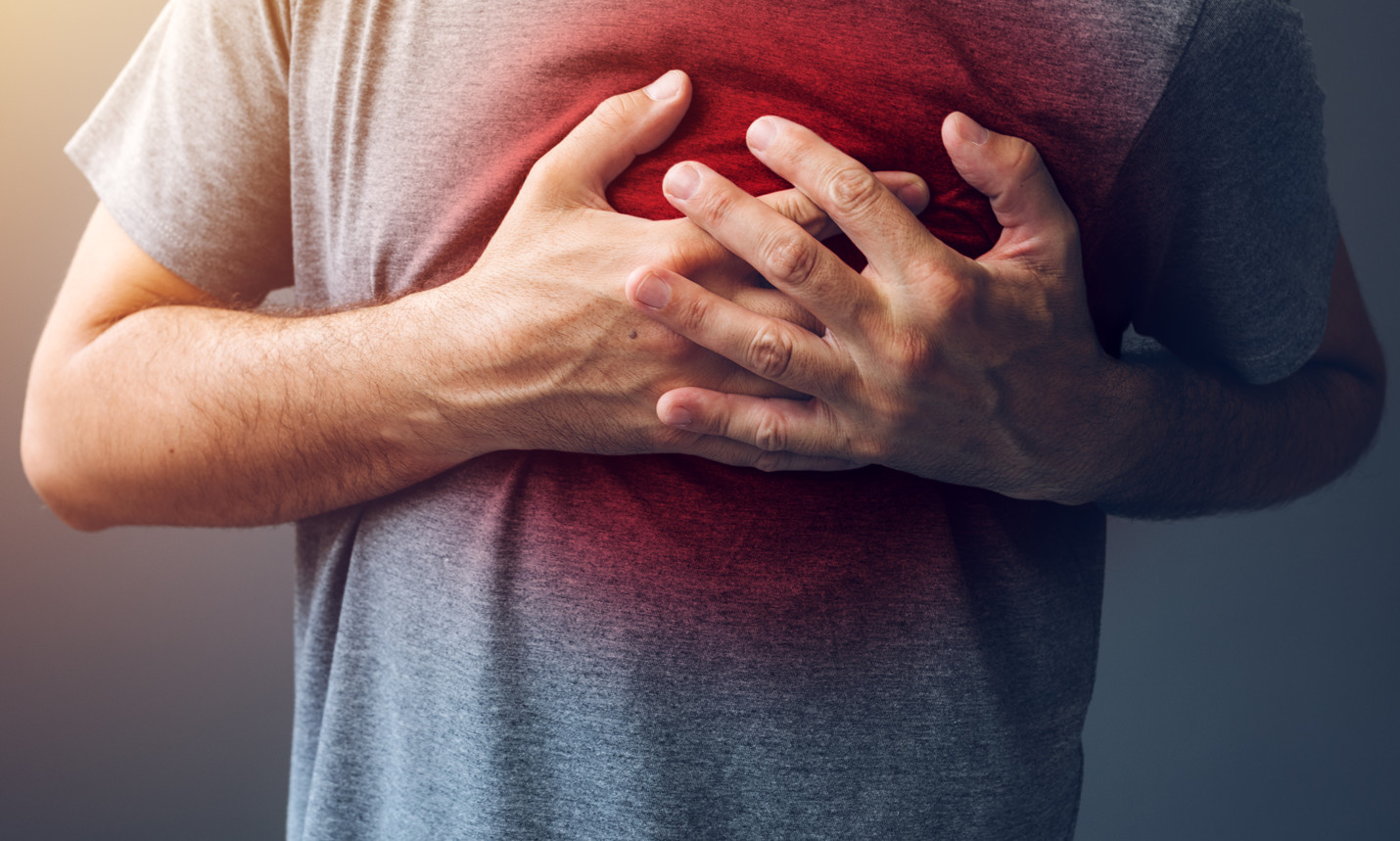Cardiac Arrest: Treatment and Prevention

Cardiac arrest is a sudden and unexpected loss of heart function due to disturbance in the electrical system of the heart. Cardiac arrest if not noticed and treated immediately, can cause death within a few minutes. CPR or Cardio-pulmonary resuscitation should be started immediately in unconscious patients with suspected cardiac arrest till electrical shock with a defibrillator can be delivered to restore the electrical activity of the heart. In the US alone there are close to 360,000 sudden cardiac arrests every year and less than 10% of the people survive.
Is Cardiac Arrest the same as Heart Attack?
Cardiac arrest is often used interchangeably with the term “heart attack,” but these are actually two different issues. Since treatment is different in each case and cardiac arrest requires immediate attention, it is important to understand both of the problems. Be sure to check out our previous blog post on heart attacks in women; and how it’s different.
A heart attack occurs when blood flow to the heart is blocked, which can cause parts of the heart to begin to die due to a lack of oxygen. A heart attack is a circulation problem due to blockage of heart arteries. Some heart attacks can cause cardiac arrest but most of the heart attacks do not.
Cardiac arrest is due to disruption in the electrical system of the heart. The heart muscle contracts with help of electrical signals generated in the natural pacemaker of the heart located on the right side of the heart. Cardiac arrest occurs when the electrical connections of the heart malfunctions and the heart stop beating.
What are the Symptoms of Cardiac Arrest?
Since there is disruption of blood flow to the whole body, cardiac arrest is associated with
- Loss of Consciousness
- Weak or no pulse
- Not responding to questions
- Not Breathing
What are the Risk Factors for Cardiac Arrest?
Cardiac arrest can occur in healthy people without any prior heart problems. According to Heart Rhythm Society, 2/3rd of cardiac arrests occur in people without any previous evidence of heart disease. Although it occurs suddenly some conditions increase the risk of cardiac arrest.
- Family history of sudden cardiac arrest
- Personal history of previous heart attack
- Presence of weak heart muscle (Ejection Fraction of heart less than 35%)
- Previous heart surgery
- Smoking
How is Cardiac Arrest Treated?
When a person goes into cardiac arrest, it is critical to give them attention as soon as possible. The cardiac arrest will result in death if not treated within a few minutes. Every minute that passes without CPR or resuscitation or defibrillation the risk of death increases by approximately 7%-10%. Dialing 9-1-1 or alerting medical services in your community is the first priority in the case of cardiac arrest to ensure that medical personnel can arrive on the scene quickly.
After alerting medical services, it is important to try to get the heart pumping again. If there is an automated external defibrillator(AED) nearby, locate it and use it as soon as possible. If there is not one nearby, CPR should be started instead. CPR can be performed with or without breathing, and hands-only CPR can be just as effective. For CPR, place the heel of the hand in the middle of the person’s chest and press down firmly about two inches.
It is important to learn about CPR and external defibrillators. One should know the location of AED in their workplace and get CPR certification to provide immediate help when it is needed.
Reference:
- www.hrsonline.org
- www.heart.org
- Predicting survival from out-of-hospital cardiac arrest: a graphic model. Ann Emerg Med. 1993; 22:1652–1658
- Heart Disease and Stroke Statistics – 2013 Update: A Report from the American Heart Association. Circulation. December 12, 2012

